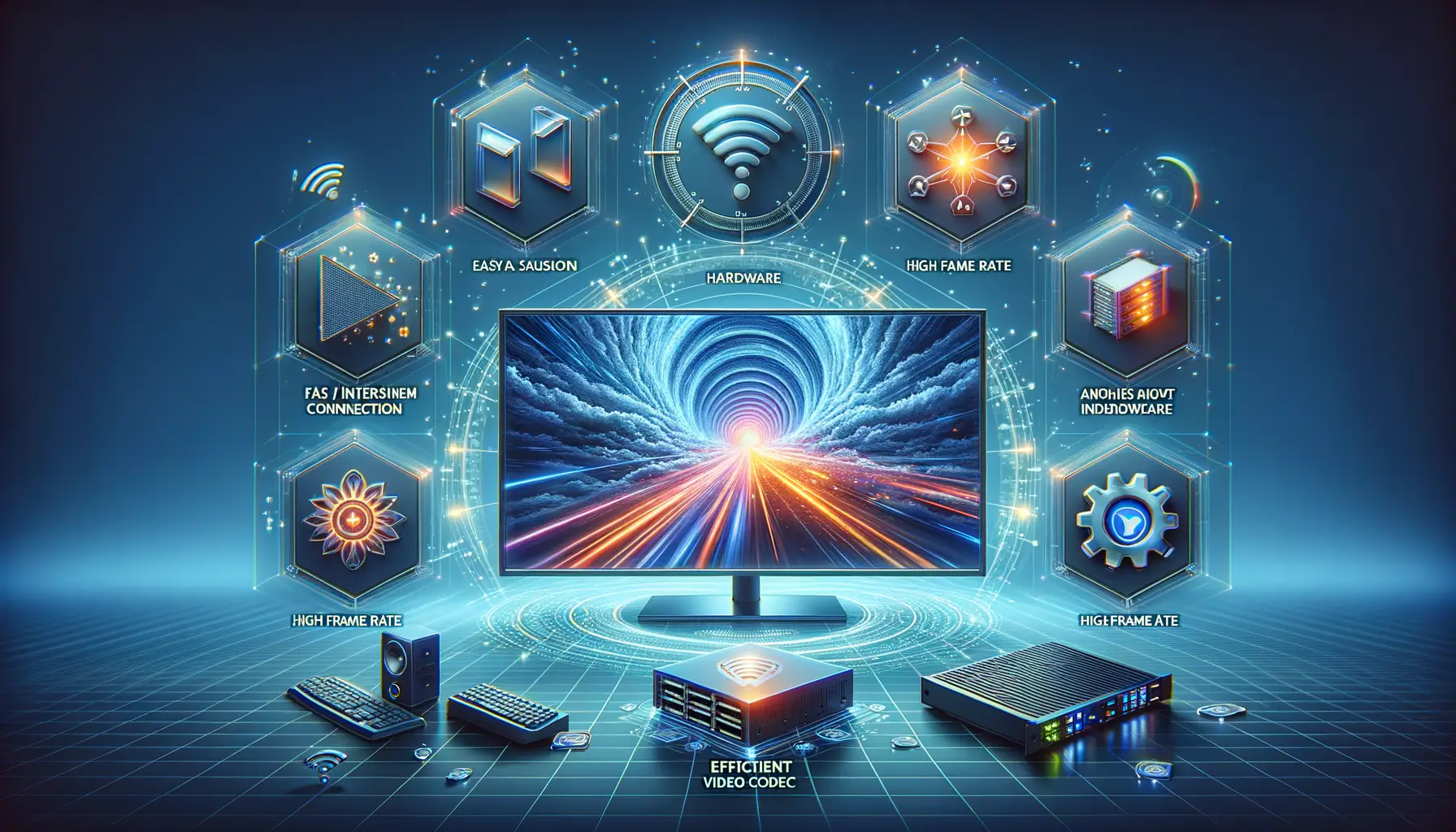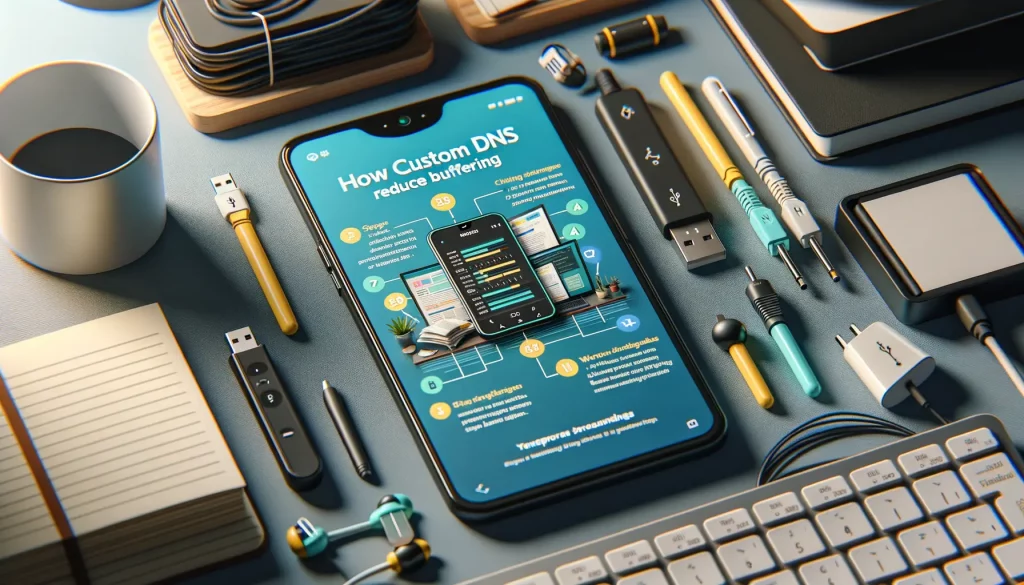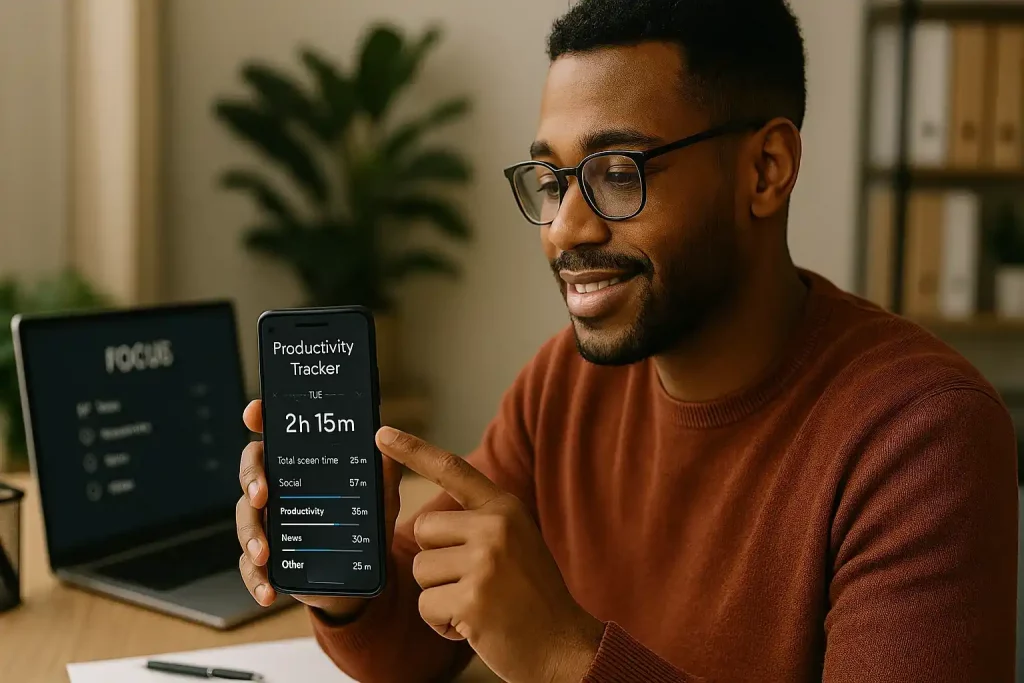Understanding the Relationship Between Video Quality and Data Usage
How Video Quality Impacts Your Data Plan
Ever noticed how streaming a crystal-clear 4K video on your favorite platform eats up your data like a ravenous wolf? That’s not your imagination—it’s the intricate dance between video quality and data usage. The sharper the visuals, the heavier the load on your data plan. Think of it this way: higher resolutions (like 1080p or 4K) are like gourmet meals—delicious to enjoy but pricier in terms of data consumption.
A single minute of 4K video can gulp down over 300MB of data, while 480p, the “fast-food” version of video quality, sips a modest 8MB to 12MB per minute. It’s all tied to bitrate—the amount of information being transmitted every second. Higher resolution equals a higher bitrate, which means your videos look stunning but demand way more from your network.
Breaking It Down: What’s Really Using Your Data?
Let’s peek behind the curtain to see where all that data goes:
- Resolution: More pixels = more data. That’s why HD or 4K streams are a data guzzler.
- Frame Rate: A smoother video at 60 fps uses significantly more data than one at 30 fps.
- Compression: Different platforms compress videos differently. YouTube’s algorithm may save your data, but some apps don’t cut the same slack.
So, whether you’re binge-watching a series or just catching quick clips, remember: the clearer the picture, the bigger the impact on your data stash.
Factors Influencing Optimal Video Performance

Video Quality: The Balancing Act
Ever wondered why some videos stream so smoothly while others buffer endlessly? It all boils down to a delicate mix of factors that work together (or sometimes against each other). The resolution, for instance, is a huge player—higher resolutions like 4K Ultra HD deliver sharp, lifelike visuals but gulp down data like a thirsty traveler in the desert. On the flip side, lower resolutions conserve data but might leave you squinting at a pixelated mess.
Another key element? Frame rate. A video shot at 60 frames per second runs as fluid as a mountain stream, but it’s demanding on your bandwidth. Compare that to 24 frames per second; it’s less buttery smooth but far easier on your data plan.
The Playback Environment: A Game Changer
Let’s not forget where and how you’re hitting ‘play.’ Your internet speed and consistency are cornerstone factors—no Wi-Fi? No problem… unless your mobile data plan is shy on GBs. Device type matters too:
- Smartphones often adapt video quality to save data automatically.
- Smart TVs crave higher resolutions, so brace yourself for the bandwidth demand.
And don’t underestimate platform settings! Streaming giants like Netflix let you tweak playback quality—an underrated yet powerful tool in the quest for optimal video performance.
Strategies to Balance Video Quality and Data Consumption

Find the Sweet Spot Between Pixels and Data
Let’s face it: chasing perfect video quality can sometimes feel like trying to have your cake and eat it too, especially when data limits are breathing down your neck. But here’s the thing—balancing video quality and data usage doesn’t have to feel like an impossible juggling act. A few clever strategies can help you hit that sweet spot where your videos look crisp without draining your data reserves.
- Know Your Resolution Needs: Watching a tutorial on your phone while sipping coffee? Drop it to 480p or 720p. Bingeing that cinematic masterpiece on a 4K TV? Crank it up! Tailor the resolution to the size of your screen and the content.
- Embrace Adaptive Streaming: Many platforms, like Netflix or YouTube, offer adaptive bitrate options that adjust the quality based on your internet speed—no constant tweaking required.
- Download When Possible: Got Wi-Fi love at home? Download videos in high-quality beforehand to save data while on the go.
Adjust Your Settings, Love Your Data
Think of video settings as the command center of your streaming experience. By customizing them, you’re in control. Switch your app’s default playback to “data saver” mode or tweak settings manually for maximum savings. Apps like Disney+ even let you choose between “Standard,” “Medium,” and “High” quality downloads. It’s like being handed the keys to the kingdom!
Not sure where to start? Test different settings during peak hours when networks are busiest. You’ll soon find a balance between watching in crystal-clear detail and preserving your precious gigabytes. Pro tip: A little experimentation goes a long way!
Technological Solutions for Efficient Video Streaming

Smart Tools to Keep Video Streaming Seamless
Imagine this: you’re cozy on your couch, ready to binge-watch your favorite series, and bam—buffering. It’s like waiting in a painfully slow queue when all you want is instant gratification. But here’s the good news: modern technology is the superhero of video streaming, swooping in to save your moment of zen.
A big player in this game? Adaptive Bitrate Streaming (ABR). It’s like having a smart assistant that adjusts the video quality to match your internet speed in real time. If your Wi-Fi blips, ABR will lower the resolution just enough to keep things smooth—no frozen screens, no drama.
Powerful Features That Maximize Data Efficiency
Ever heard of video codecs? They’re the unsung heroes behind the scenes. Advanced formats like H.265 and AV1 compress video files without stealing their crisp visuals. The result? You get HD or even 4K quality while gobbling up way less data.
Here’s what else is transforming video streaming:
- Edge computing: Brings content closer to you, so there’s less lag and faster playback.
- Content Delivery Networks (CDNs): These global networks help distribute video efficiently, avoiding traffic jams online.
So next time you hit play, remember—there’s a whole orchestra of tech working to make your experience flawless.
Future Trends in Video Streaming and Data Optimization

Revolutionizing Streaming: What Lies Ahead
The world of video streaming is evolving faster than a trending TikTok dance, and the future? Oh, it’s dazzling. Picture this: smoother streams without that dreaded buffering icon, all while sipping on less data from your monthly allowance. How? Through breakthroughs like AI-driven compression, where clever algorithms learn to shrink video files without sacrificing quality. Think of it as packing a suitcase but still fitting in that extra pair of shoes—magic!
But the party doesn’t stop there. Emerging technologies are reshaping how video content is delivered. Take Edge Computing, for instance. Instead of routing videos through distant servers, imagine them traveling the scenic route—delivered from a mini server close to you, reducing lag and making streams as near-instantaneous as snapping your fingers.
- 5G networks: These speed demons are set to revolutionize mobile streaming with lightning-fast connections.
- Dynamic Adaptive Streaming: This nifty tech seamlessly adjusts resolution based on your network strength, ensuring smooth views even when Wi-Fi gives up on you.
The future of video streaming isn’t just brighter—it’s smarter, leaner, and tailor-made for viewers like you who demand nothing less than the best. Strap in; we’re in for quite the ride!






